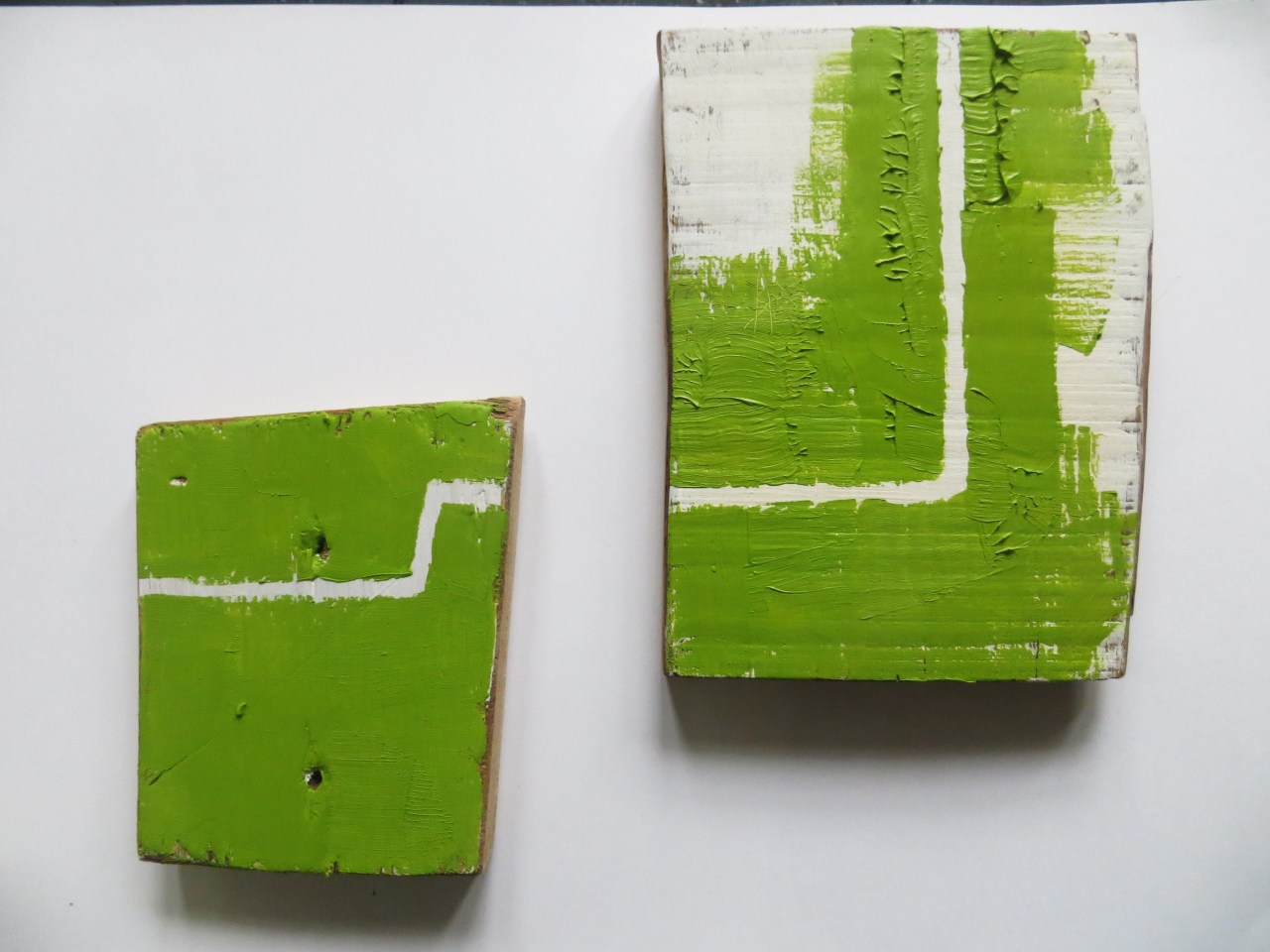You are warmly invited to attend our next PEP Talk (the seminar series for the Performance. Experience. Presence research group at Plymouth University)
Wednesday 2 March 2016 ,16.30 – 18.00pm in Roland Levinsky Building room RLB 309, Plymouth University
There will be two papers, by Helen Billinghurst and Kayla Parker, who both research at the intersection of visual arts practice and performance – abstracts below.

Painting by Helen Billinghurst
“Flux within the studio space: exploring the rhythms and cycles of art-making in the art studio”
“On location: (re)visiting the past”
This paper shares initial outcomes of my recent scoping trips to sites in the Devon landscape, for a new project that explores embodied feminisms in relation to the land, guided by the artist’s book, Escaping Notice, published by Annabel Nicolson in 1977. A significant figure of the British feminist avant-garde of the 1970s, who operated across a range of practices from performance to expanded cinema and experimental music, Nicolson put her female body and the performed tasks of domestic labour in an ‘other’ place, to create hybrid concepts and paradoxical notions that both reveal and conceal the feminine in and out of place.
